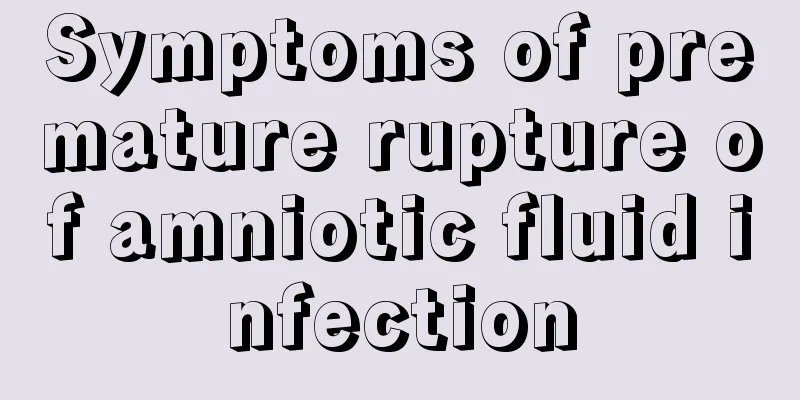What tests should be done for suspected bile duct cancer

|
There are many people who are careless in life and think that they are in good health, never get sick, and don’t need to pay special attention to anything. However, this makes it easier for diseases to come to them. So what should we do when we suspect that we are sick? Let’s talk about the examinations that should be done if you suspect you have bile duct cancer. Biliary duct cancer often presents with adverse symptoms such as abdominal pain and bloating. At this time, the patient will go to the hospital for examination. The doctor will determine whether it is bile duct cancer based on the physical symptoms, but the following examinations are often required to scientifically determine the condition. 1. Laboratory examination: The main manifestations are abnormal liver function of obstructive jaundice, such as increased bilirubin and alkaline phosphatase. 2. Ultrasound examination: Repeated and careful ultrasound examination can show dilated bile ducts, obstructed sites, and even tumors. The ultrasound images of bile duct cancer can be mass-like, cord-like, protruding, and thrombus-like. Intrahepatic bile duct cancer often presents as mass or cord-like, hilar cancer often presents as cord-like, and lower bile duct cancer often presents as protruding. Thrombotic images of the hilar region may be hilar cancer, gallbladder cancer, or metastatic cancer. Since bile duct dilatation occurs before jaundice, ultrasound has the value of diagnosing early bile duct cancer. 3.PTC: It is the main method for diagnosing bile duct cancer. It can show the location and range of bile duct cancer, and the diagnosis rate can reach more than 90%. 4. CT: The basic manifestation of cholangiocarcinoma on CT is that the proximal bile duct is significantly dilated. The bile duct wall close to the tumor is thickened, and the bile duct is clearer and can be enhanced during enhanced scanning. The lumen is irregularly narrowed and deformed, and most tumors grow infiltratingly along the bile duct wall. 5.ERCP: The duodenal papilla can be directly observed, and the angiography can show the obstructed distal bile duct. 6. Angiography: Angiography can better determine whether bile duct cancer can be removed. 7. Cytological examination: On the basis of PTCD, the sinus tract is enlarged and a fiber choledochoscope is inserted, which can directly observe and clamp the mass for biopsy. When performing PTC or PTCD, bile can be extracted for cytological examination. Therefore, when you find yourself having abdominal pain, bloating and other adverse symptoms, you must go to a regular hospital for examination in time. Let the doctor give you a physical examination, and then use the above-mentioned auxiliary examinations to determine the condition. Only after the scientific examination method has determined the condition can you use medication reasonably to restore the condition in time. |
<<: What tests should patients suspected of having thyroid cancer undergo?
>>: Common knowledge about thyroid cancer
Recommend
5 tips to relieve foot bone hyperplasia
For people who often need to stand at work or run...
The role of magnesium sulfate powder
Magnesium sulfate is a compound that is widely us...
Why do I suddenly feel dizzy, nauseous and vomit?
Although people's living standards have impro...
3 types of routine examinations for esophageal cancer
Esophageal cancer is a malignant tumor of the dig...
Cervical cancer may be caused by the spouse
Cervical cancer may be brought by the spouse, whi...
What causes cervical cancer
Symptoms of cervical cancer mainly include irregu...
Is it expensive for patients with hamartoma to see a Chinese doctor?
Is it expensive for patients with hamartoma to se...
What causes back pain in the elderly?
Back pain is a very common disease in life. The e...
What are the advantages and disadvantages of TCM in treating bladder cancer
In recent years, bladder cancer has become one of...
What is the chance of inheriting colon cancer
What is the chance of inheriting colorectal cance...
Can ulcerative gastric cancer be cured?
General gastric ulcers are benign ulcers. Early g...
What should I do if I have been catching a cold recently?
Summer is here and the weather is getting hotter ...
Symptoms of osteosarcoma in children
Osteosarcoma in children mainly develops from mes...
What is the reason for a sweet taste in the mouth
In life, some people often say that they have a s...
How to treat fungal dandruff
Dandruff is a common symptom in life. Dandruff is...









